
Google is back with another potential budget banger, but how does the Pixel 8a compare to the similarly solid Pixel 7a from last year? Here’s everything you need to know.
This year, the lines between the base Pixel 8 and Pixel 8a are blurrier than ever before. If you have looked at a Pixel in the past, the A-series catches the eye with a mix of some flagship specifications. competent cameras, and smooth software. That’s all wrapped up at a more accessible price point – but what has changed from the previous generation?
Hardware
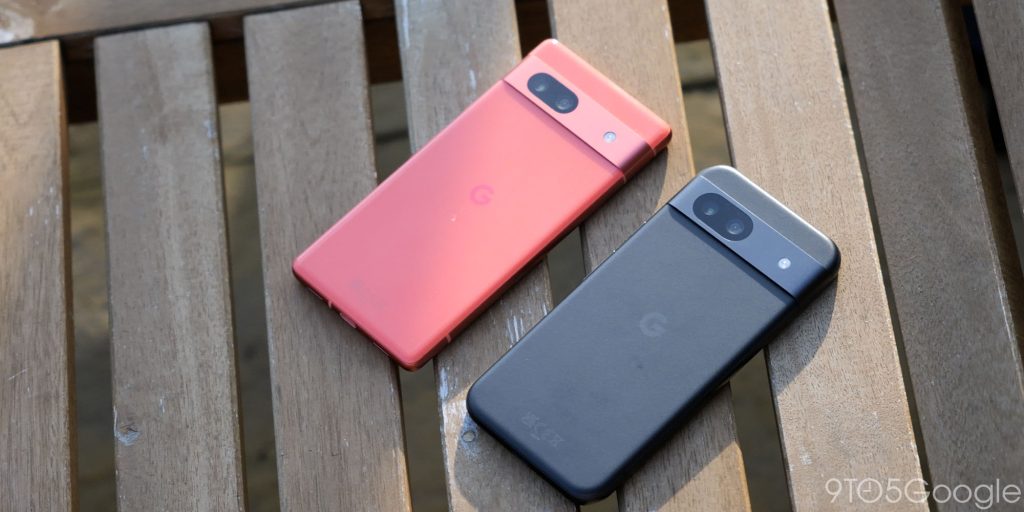

The design is the first point of difference. The Pixel 8a boasts a more refined look with smoother, rounded corners compared to the Pixel 7a’s blockier design. This makes the Pixel 8a a little more comfortable to hold as the bubbly aesthetic slips into your hands without making a dent.
Color options are another battleground. The 8a offers a wider selection with Obsidian (black), Porcelain (beige), Bay (dark blue), and Aloe (green), whereas the 7a comes in Arctic Blue, Carbon, Coral, and Cotton. The phones are practically the same weight this time around as 5g makes little change to the overall mass. Plastic is used on the backplate but the 8a boasts more recycled materials in its construction.
| Google Pixel 7a | Google Pixel 8a | |
| Size | 6.1 inches | 6.1 inches |
| Dimensions | 152.4 x 72.9 x 9.0 mm (6.0 x 2.87 x 0.35 in) | 152.1 x 72.7 x 8.9 mm (6.00 x 2.87 x 0.35 in) |
| Display | 90Hz / FHD+ / Gorilla Glass 3 / 2,400 x 1,080 pixels / 431ppi | 120Hz / Gorilla Glass 3 / 2,400 x 1,080 pixels / 430ppi |
| Chipset | Google Tensor G2 | Google Tensor G3 |
| RAM | 8GB DDR5 | 8GB DDR5 |
| Storage | 128GB UFS 3.1 | 128/256GB UFS 3.1 |
| Battery | 4,385mAh | 4,492mAh |
| Rear camera | 64MP wide / 13MP ultra-wide | 64MP wide / 13MP ultra-wide |
| Front-facing camera | 13MP | 13MP |
| Biometrics | In-display fingerprint scanner | In-display fingerprint scanner |
| Colors | Arctic Blue / Carbon / Coral / Cotton | Obsidian / Porcelain / Bay / Aloe |
| Weight | 193g | 188g |
| IP rating | IP67 | IP67 |
The display is another key differentiator. Both phones are expected to have a 6.1-inch screen size, but the 8a takes a clear lead with its pOLED technology, offering a potentially smoother 120Hz refresh rate for a more fluid user experience. It also boasts a significantly higher 2,000 nits peak brightness compared to the 7a’s 1,000 nits. Both phones utilize Gorilla Glass 3 for protection – so no upgrades in screen ruggedness. I’d rate the Pixel 7a bezels as less “offensive” because they are chunky on the Pixel 8a.
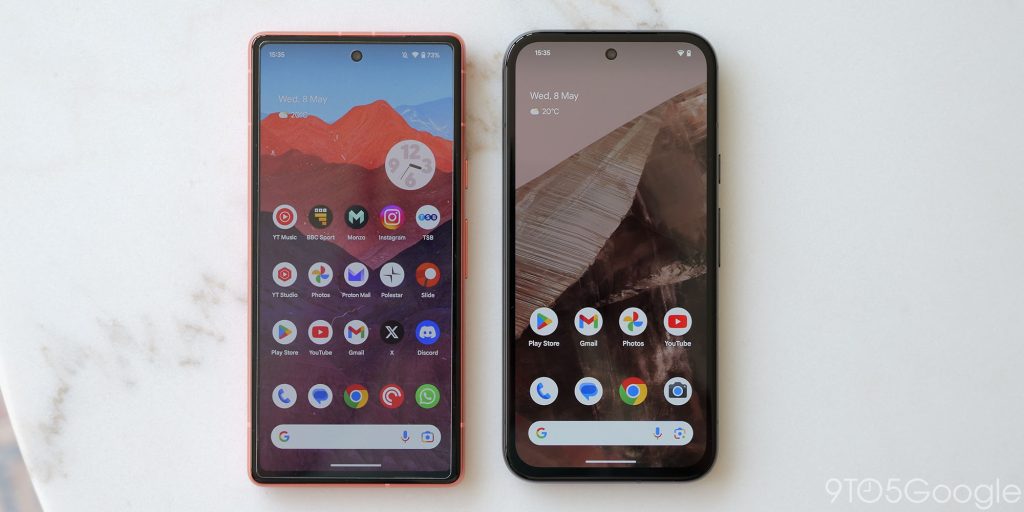
The performance section reveals a clear advantage for the 8a. It boasts the latest Tensor G3 chip, potentially offering faster performance than the Tensor G2 in the 7a. A sideways bonus is the improved thermals too. Both phones have 8GB of RAM and a base 128GB configuration. Only the Pixel 8a provides a larger 256GB storage variant if you want to keep more files on-device.
Software
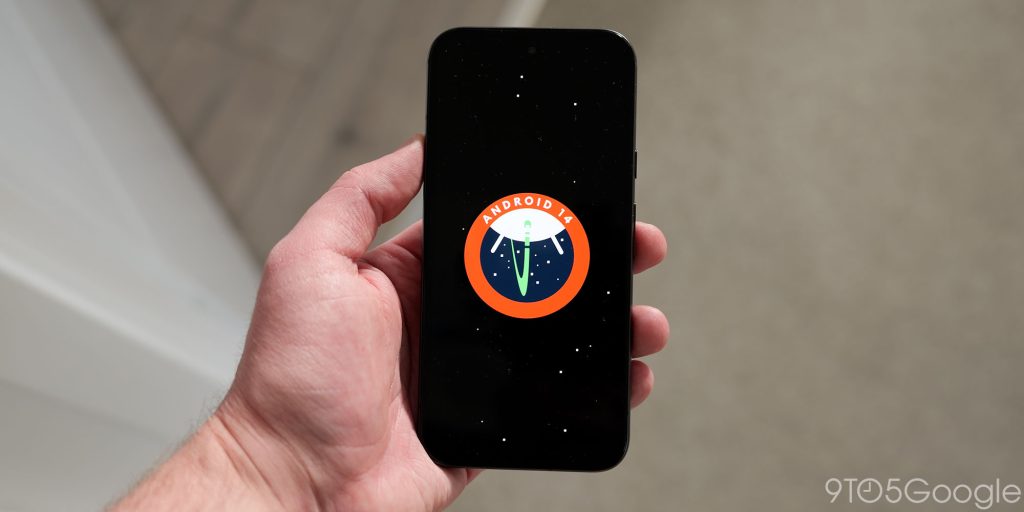
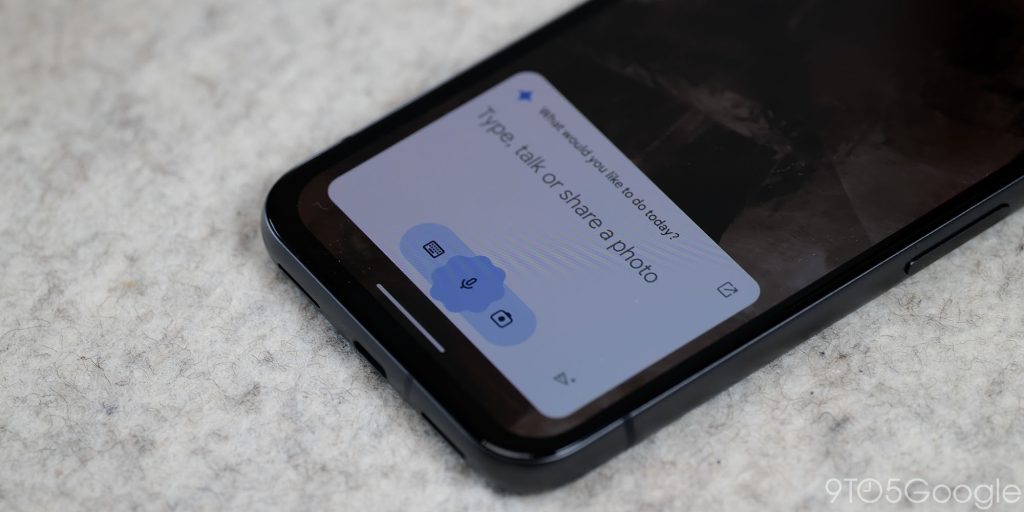
Despite the exciting new features of the Pixel 8a, it’s important to remember that both phones share the core Android experience with Google’s Pixel-exclusive customizations. Here’s a look at what you can expect on both devices:
| Google Pixel 7a | Google Pixel 8a | |
| Software | Shipped with Android 13 | Ships with Android 14 |
| Features | In-display fingerprint scanner Face Unlock Photo Unblur Google One VPN | In-display fingerprint scanner Face Unlock Google One VPN Gemini Nano AI wallpapers |
Both devices offer a treasure trove of Pixel-exclusive features. These include Magic Eraser for removing unwanted objects from photos, Real Tone for capturing realistic skin tones, Call Screen to screen spam calls, Direct My Call to get information about businesses you call, Hold for Me to automatically hold during calls and transcribe the wait time, and Live Translate for real-time translation across languages.
It doesn’t stop there, though. Gemini Nano is coming to the 8a in the near future. This will allow for on-device processing like recorder summaries, smart replies in Gboard, plus much more. While Face Unlock is present on both phones, you can make secure payments on the Pixel 8a because of the Tensor G3 processor.
One of the biggest differentiators for the Pixel 7a and 8a is the update lifecycle. Both are going to be supported for a while yet. However, the Pixel 8a is getting the full-fat 7-year update promise that was given to the Pixel 8 series. This will be a big selling point and one that makes the 8a a viable option for many more people.
The deeper future integration with Gemini might also mean that the Pixel 8a becomes more capable as Google adds and enhances existing functions with Pixel Feature Drops, app updates, and enhancements to Android with each release. While the base experience will be retained across both phones, this could change drastically over the coming years.
Battery
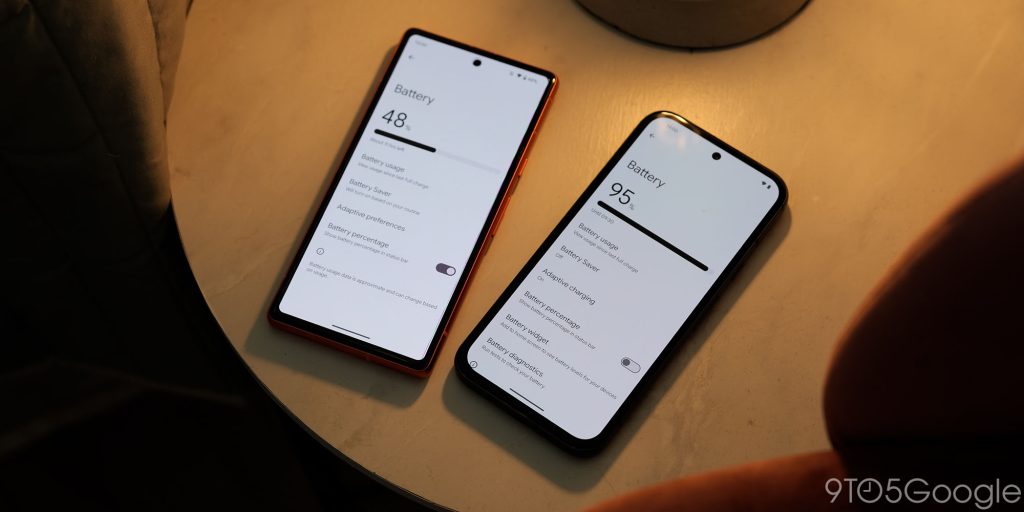
Because the Pixel 8a has a marginally smaller footprint, you may be surprised to hear that it actually has a larger internal cell than the Pixel 7a. The jump isn’t huge, but it might be useful if you want to run the display at the full 120Hz refresh rate. Setting the display to the highest refresh rate is a sure-fire way to reduce daily lifespan despite the experience benefits.
| Google Pixel 7a | Google Pixel 8a | |
| Battery size | 4,385mAh | 4,492mAh |
| Charging speed | 18W wired 7.5W Qi wireless | 18W wired 7.5W Qi wireless |
Regarding battery life, the 8a boasts a slightly larger 4,492 mAh battery compared to the 7a’s 4300 mAh capacity. Both phones claim a 24+ hour battery life, but real-world usage might vary. The 8a sticks with the slower 7.5W wireless charging, just like the 7a. It also retains the somewhat slow 18W wired charging once again.
Camera
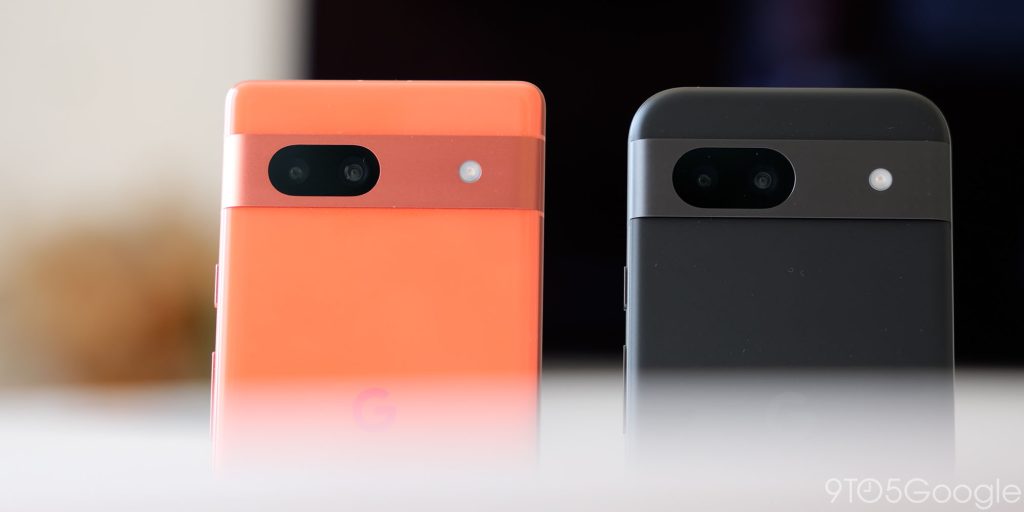
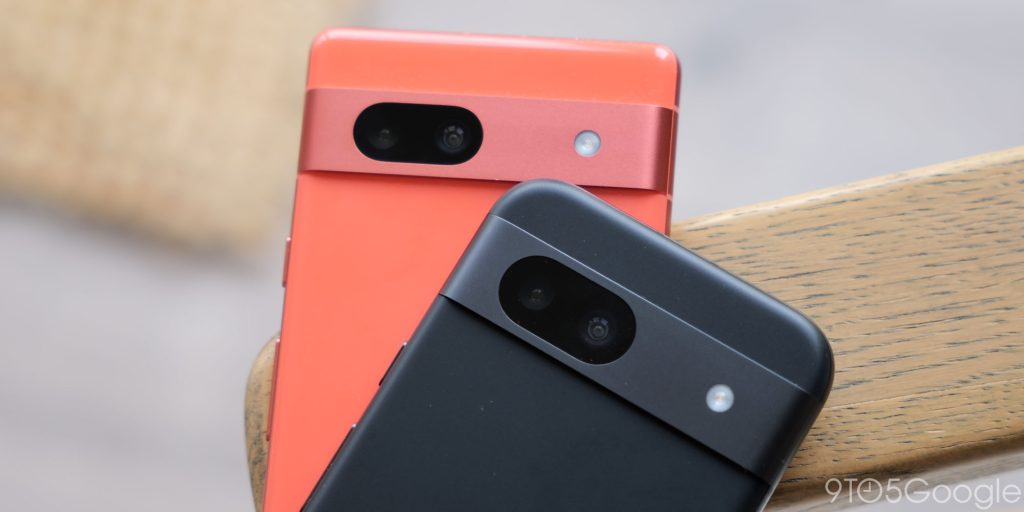
Both phones share the same camera hardware: a 64MP main sensor and a 13MP ultrawide sensor. This means that, in most scenarios, images and video should be identical from the Pixel 8a and 7a. Sadly, there is no telephoto with both phones relying on digital zoom, which can result in some loss of quality when zooming in on distant objects.
| Google Pixel 7a | Google Pixel 8a | |
| Main sensor | Sony IMX787 64MP f1.9 aperture | Sony IMX787 64MP f1.9 aperture |
| Secondary sensor | Sony IMX712 13MP ultra-wide-angle f2.2 aperture 120˚ FOV | Sony IMX712 13MP ultra-wide-angle f2.2 aperture 120˚ FOV |
| Front-facing sensor | Sony IMX712 13MP f/2.2 | Sony IMX712 13MP f/2.2 |
| Camera hardware features | OIS EIS PDAF | OIS EIS PDAF |
| Camera software features | 8x zoom Guided Frame 4K UHD 60fps 4K UHD 30fps (selfie and wide-angle) 10-bit HDR10 Video Real Tone 2.0 | 8x zoom Guided Frame 4K UHD 60fps 4K UHD 30fps (selfie and wide-angle) 10-bit HDR10 Video Real Tone 2.0 Magic Editor Best Take Magic Eraser Photo Unblur Audio Magic Eraser |
The core feature-set on the Pixel 7a and 8a is identical. Where the Pixel 8a starts to make gains is in the suite of post-processing functions. Some of the Pixel 8 series key selling points are available on the 8a including Magic Editor, Best Take, Magic Eraser, and Audio Magic Eraser. None of those are available on the Pixel 7a via official means.
As we note, there is little to really separate the Pixel 7a and 8a camera hardware. Just pick which set of software features are deemed “essential” to you, and you’ll be very happy.
Pixel 7a vs. Pixel 8a: Which should I choose?
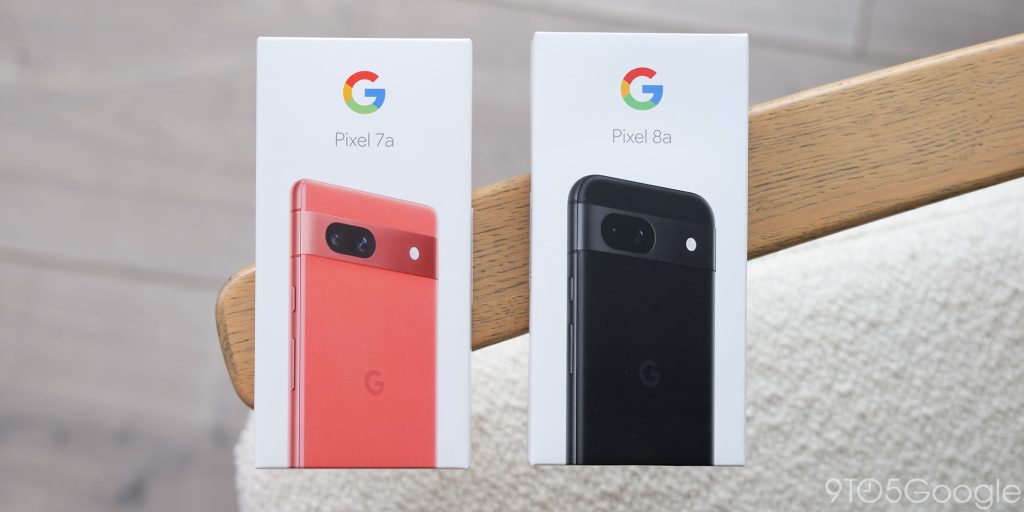
About upgrading: 9to5Google often gives specific product recommendations. Sometimes, we may suggest not upgrading, due to various reasons including, but not limited to: increased device cost, negligible performance gains, or environmental impact. Whether to upgrade is always your call, but our aim is to help you make as informed a decision as possible.
The Pixel 7a sticking around in the lineup means that the entry-level Pixel is still giving you a lot of bang for your buck. Where the Pixel 8a flexes its muscle is in the new AI-powered functions and the industry-leading update schedule. Even though it is set at $499, Google has promised updates up to 2031. If you were to use the 8a for its entire supported lifespan, it would cost just $70 per year.
It’s unlikely that many people will make the 8a last quite that long. That said, you have the option now. The Pixel 7a is now more affordable than ever. If you don’t care about the longest update schedule, it will still be supported for four more years. Most of the core hardware is identical to the 8a—save the SoC and display.
Ultimately, the Pixel 8a offers a compelling package that has blurred the lines between the A-series and the regular Pixel 8 lineup more than ever before. This is both a blessing and a curse, but if you are still rocking and older unsupported Pixel, then the 8a is an excellent upgrade option.
Get the Pixel 7a
Get the Pixel 8a
FTC: We use income earning auto affiliate links. More.




Comments